Introduction of Burmese Coffee Culture Analysis of main Coffee varieties in Myanmar
Over the past few years, Myanmar's coffee industry has emerged on the international stage with the cooperation of the Myanmar Agricultural Promotion Agency (Myanmar Agriculture Department), the United States Agency for International Development (USAid), the Coffee quality Association (CQI) and the country's hard-working coffee farmers. When British missionaries introduced the first coffee trees from Costa Rica nearly a hundred years ago, the coffee industry was still a newborn chick in Myanmar, but now it has thrived into a productive industry. OGS works closely with Burmese boutique coffee bean producers to provide high quality Burmese coffee beans to bakers to serve their customers who want to try different or new producing areas.
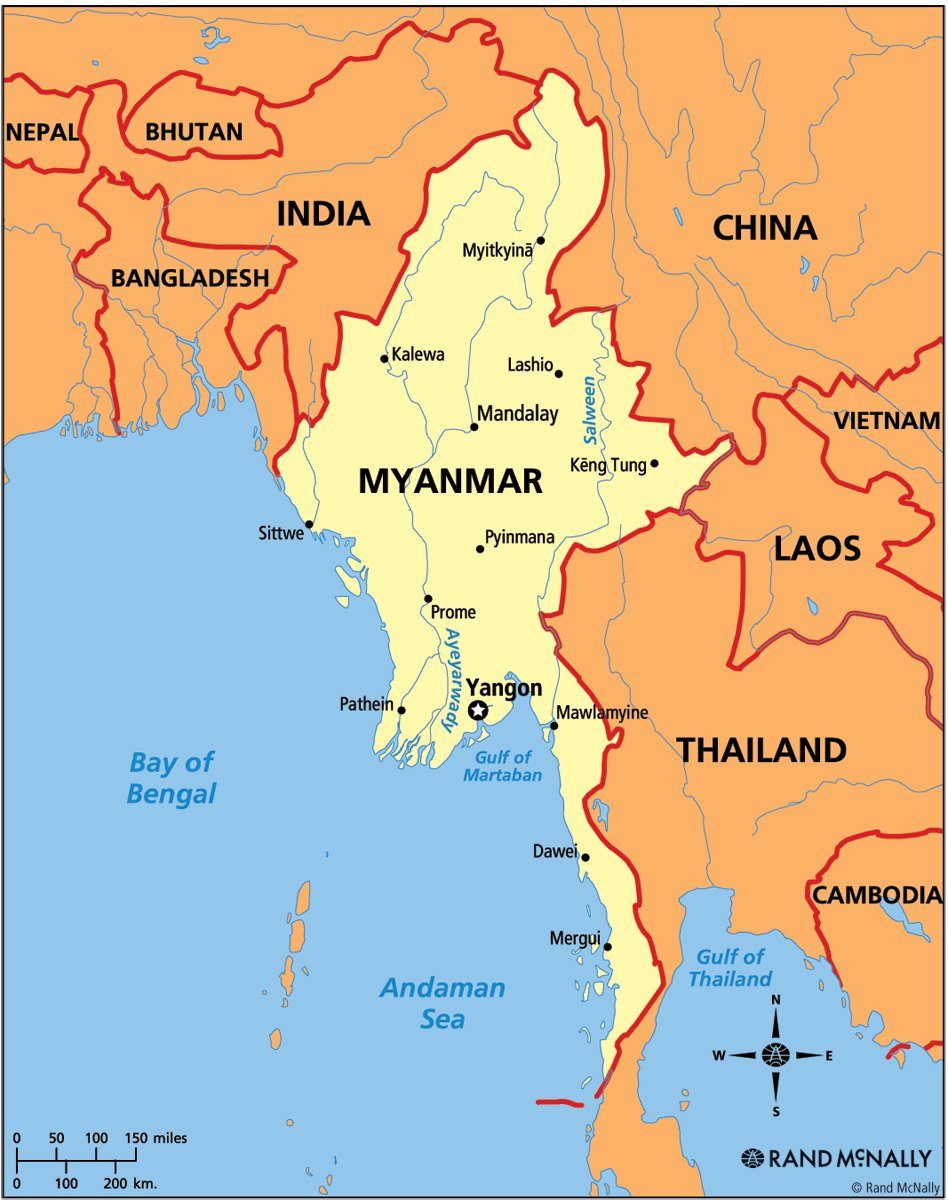
Myanmar is located on the west by India, Bangladesh and the Bay of Bengal, to the east by China, Laos and Thailand, to the north by the Himalayas and to the south by the Andaman Sea. Few countries have borders with such culturally diverse neighbors.
A brief History of Burma Coffee
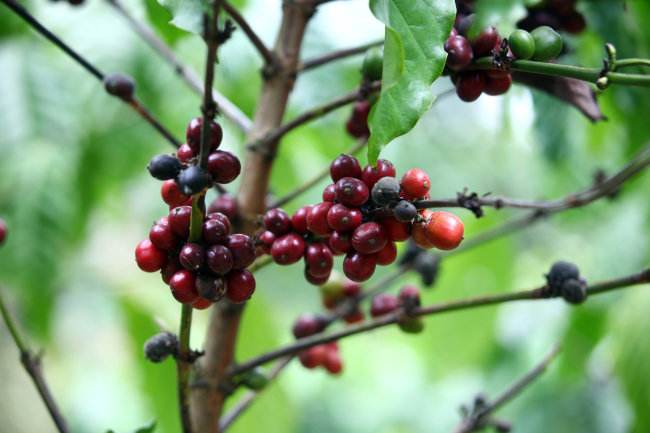
1885: British missionaries plant the first batch of coffee in Myanmar
1936: Myanmar exports 95 tons of coffee
1952: Smur795 coffee is introduced on the outskirts of Binwulun town in Mandalay district.
1986: the Burmese government (GOM) promotes a national coffee planting plan and imports T8667 and Kaduai varieties from Costa Rica
2015: Myanmar, with the assistance of the American Fine Coffee Association (SCAA), the Coffee quality Association (CQI), Wenlock International (Winrock) and the United States Agency for International Development (USAid), held Myanmar's first national cup testing conference in Yangon, which significantly improved the quality of coffee from planting to post-processing.
2016: Burmese coffee makes its debut at the annual coffee conference held by the American Fine Coffee Association (SCAA) in Atlanta, USA.

According to the Food and Agriculture Organization of the United Nations (FAO), the north of Myanmar has the potential to produce the largest amount of high-quality Arabica coffee with the advantages of a high-quality laterite plateau and other soils more than 1000 meters (3300 feet) above sea level, suitable soil for coffee trees, average rainfall of 1500 to 2500 centimeters (59 to 79 inches), and obvious dry season necessary for growing coffee trees.
The environment of growing coffee in Myanmar
The cultivation and production of high-quality coffee must take into account several important environmental factors, including altitude and temperature, rainfall and water supply, soil, slope aspect and slope.
Altitude
Altitude affects several key environmental factors, so altitude should be taken into account in determining the ideal coffee growing environment in addition to temperature, rainfall and water supply, soil, aspect and slope.
Arabica coffee must be grown at an altitude of more than 1000 meters, and the quality of low-altitude Arabica coffee does not meet the requirements of the global market. Coffee farms and micro-farms in Myanmar are usually located between 1100 and 2200 meters above sea level, while coffee in some remote areas, such as Chin State and Chin and Kachi, grows at 2800 meters above sea level.
Temperature.
Arabica coffee prefers cool temperatures, with the most suitable daily average temperature between 20 and 24 degrees Celsius (68 to 75 degrees Fahrenheit), while the average temperature in Pyin Oo Lwin is 19.7C (67.5F). If the temperature exceeds 30 degrees Celsius (86 degrees Fahrenheit), it may cause the photosynthesis of coffee trees to stop. on the other hand, if the average temperature is below 15 degrees Celsius (59 degrees Fahrenheit), it will inhibit the growth of coffee trees and make coffee inferior. As Arabica coffee is extremely prone to frost damage, it is necessary to make good use of tree shading to reduce possible damage.
Rainfall and Water supply in Myanmar
The ideal rainfall for growing Arabica coffee is more than 1200 to 1500 centimeters (47 to 60 inches) per year, and the total rainfall and rainfall distribution patterns are equally important, while the annual rainfall in Pyin Oo Lwin is 1400 centimeters (55 inches).
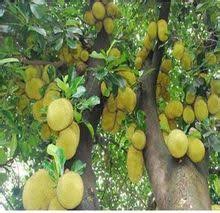
Shade tree
Coffee farms in Myanmar generally use silver oaks as shade trees. in addition to blocking the wind, silver oaks also have many other important functions. When the climate is dry, silver oak shading can protect young coffee trees from drought and excessive exposure, and shading can achieve a better balance in flowering and growth, and reduce the chance of frost damage. In addition, the fallen leaves and pruning of silver oak produce organic matter and nutrients, which can continuously provide the soil with large amounts of micronutrients needed to maintain health.
Variety
At present, several coffee varieties have been planted and tested in the main coffee growing areas in Myanmar, including SL-34, S795, Catuai and T8667.
T8667
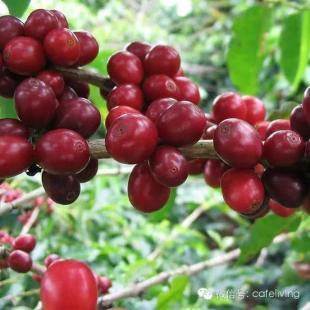
Country: Costa Rica
Growth habits: short
Cup test quality: good, with aroma of herbs and pericarp
Remarks: huge fruits and coffee beans
S795
Country: India
Growth habits: tall, upright and open
Cup test quality: excellent performance in all aspects and with mocha flavor
Remarks: the fruit is huge.
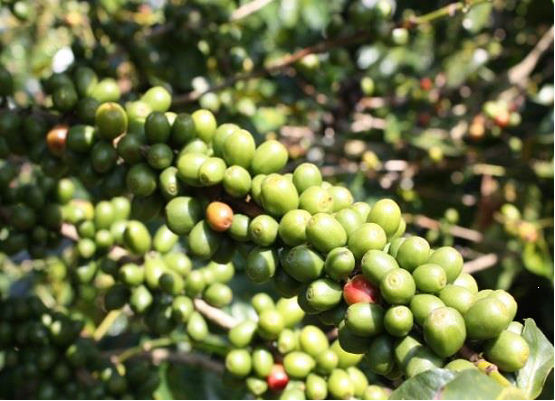
Kaduai
Country: Brazil, between Mundo Novo and Kaddura
Growth habits: short and dwarf plants
Cup test quality: good quality of coffee beans and good size of coffee beans
Remarks: high yield plants
SL34
Country: Kenya (selected by French missionaries)
Growth habits: tall, upright and open
Cup test quality: famous for its excellent sweetness, balance and complex acid quality.
Remarks: the fruit is huge.
Brief introduction to Humanities
Coffee growing areas in Myanmar are mostly hilly and tribal environments, and people who work on coffee farms have lived and worked in this hilly environment for generations. So they naturally know a lot about the land in the area and know how to grow it to get the best production results. Perhaps, most Burmese people focus on big temples, and their simple life makes Burmese people have a cheerful and friendly nature.
Chemicals and pesticides
Burmese coffee does not contain any chemicals and pesticides. Farmers use natural fertilizers from cattle and chickens, while focusing on the sustainable development of the land. In particular, the use of chemicals and pesticides is strictly prohibited in southern Shan State.
Important Notice :
前街咖啡 FrontStreet Coffee has moved to new addredd:
FrontStreet Coffee Address: 315,Donghua East Road,GuangZhou
Tel:020 38364473
- Prev
Does repeated brewing of hanging-ear coffee have an impact on health? In-depth understanding of the knowledge of hanging-ear coffee brewing
Professional barista communication please follow the coffee workshop (Wechat official account qianjiecoffee) "filter coffee is carcinogenic risk? The topic of Jiang Shoushan's appeal to the people to pay more attention has aroused discussion in the past few days, and it was mentioned in the news that "under the hot water, the paper was not broken, mainly because this piece of paper was added with wet strength agent." it was wrong. Although the paper is wetted, the resistance between the fibers
- Next

The way of Coffee Development in Myanmar Coffee planting skills Coffee Bean Variety selection
Over the past few years, Myanmar's coffee industry has emerged on the international stage with the cooperation of the Myanmar Agricultural Promotion Agency (Myanmar Agriculture Department), the United States Agency for International Development (USAid), the Coffee quality Association (CQI) and the country's hard-working coffee farmers. When British missionaries introduced the first coffee trees from Costa Rica nearly a hundred years ago, the coffee industry
Related
- Beginners will see the "Coffee pull flower" guide!
- What is the difference between ice blog purified milk and ordinary milk coffee?
- Why is the Philippines the largest producer of crops in Liberia?
- For coffee extraction, should the fine powder be retained?
- How does extracted espresso fill pressed powder? How much strength does it take to press the powder?
- How to make jasmine cold extract coffee? Is the jasmine + latte good?
- Will this little toy really make the coffee taste better? How does Lily Drip affect coffee extraction?
- Will the action of slapping the filter cup also affect coffee extraction?
- What's the difference between powder-to-water ratio and powder-to-liquid ratio?
- What is the Ethiopian local species? What does it have to do with Heirloom native species?

